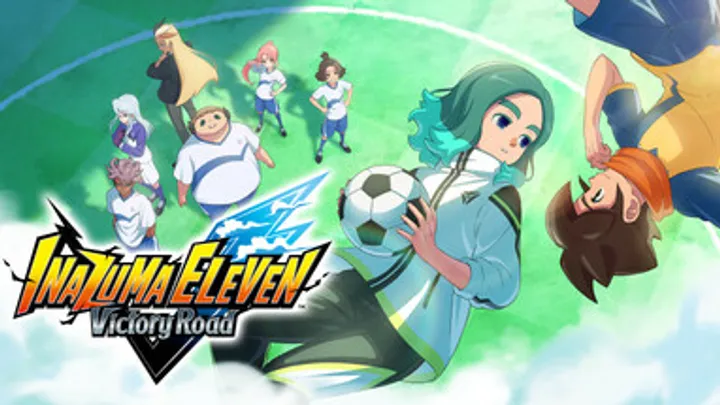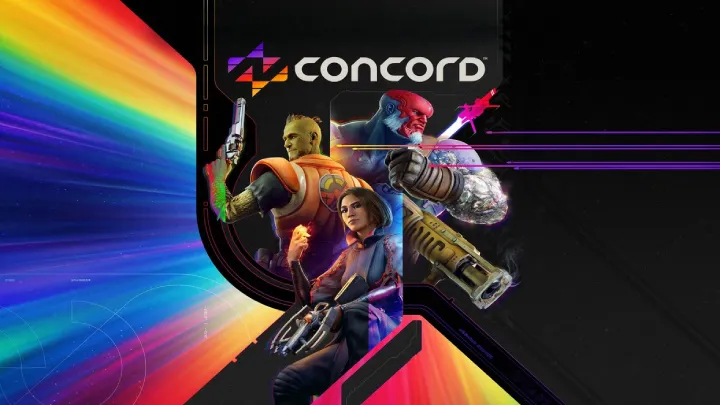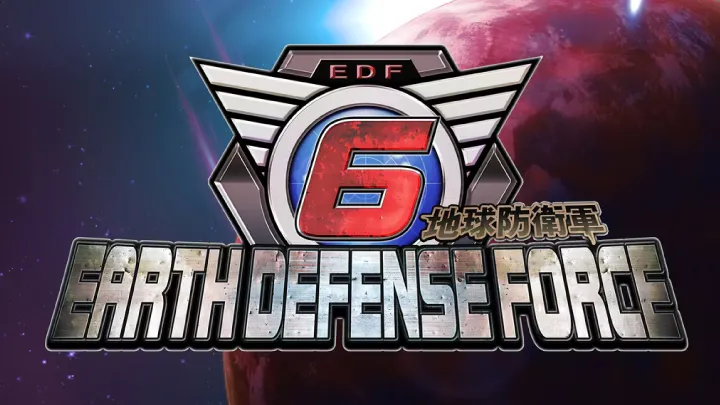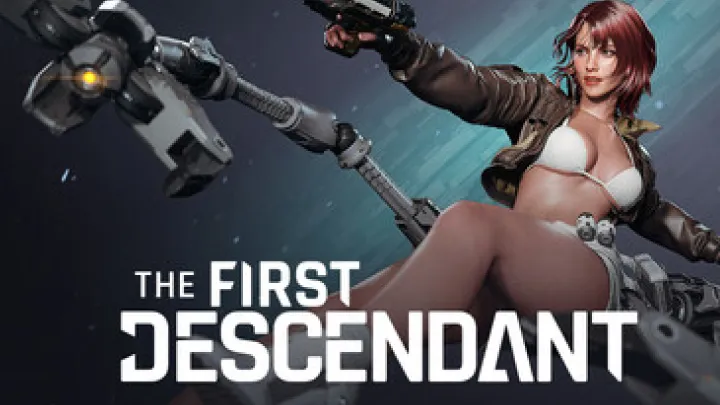Inazuma Eleven: Victory Road marks a pivotal evolution in the franchise, not just visually or narratively, but in how it reshapes football tactics through its Match Style system. Unlike previous titles, where strategies were limited to passive stances, Victory Road introduces a dynamic, real-time system that affects formations, player roles, stamina, and special techniques. This article delves deeply into the Match Style mechanic, exploring its development, its impact on gameplay, and how it challenges players to think strategically at every moment.
1. The Origins of Match Style and Its Early Limitations
In previous Inazuma Eleven games, Match Style existed primarily as a basic modifier: offensive, balanced, or defensive. While it slightly influenced AI behavior, the effect was minimal, leaving matches predictable. Players had little reason to switch stances mid-game, and tactical depth was mostly superficial. The rigid system limited creativity, making encounters more about stat comparisons than strategic choices. This early limitation laid the groundwork for the more sophisticated mechanics seen in Victory Road.
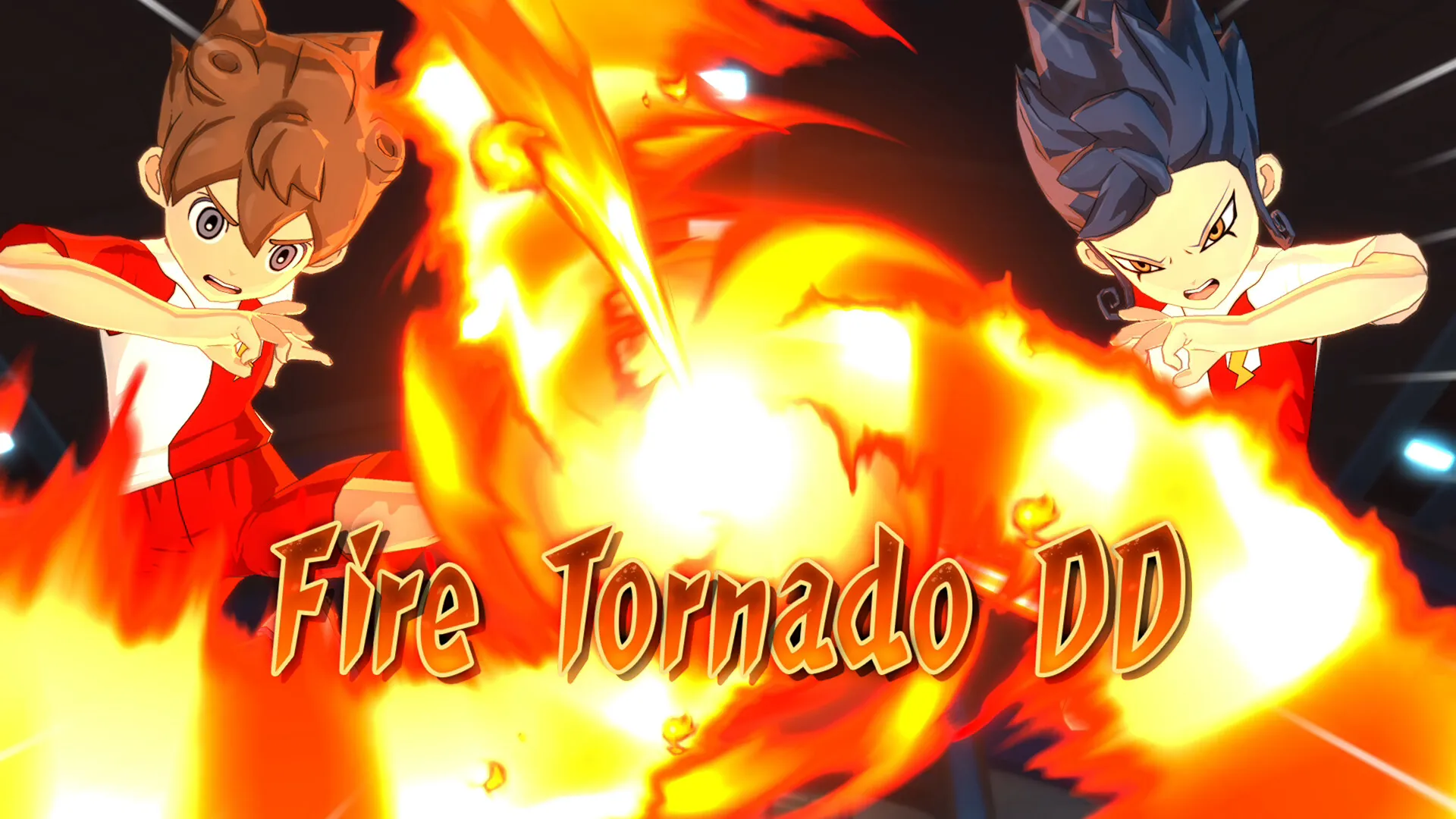
2.The Philosophy Behind Reworking Match Style
The developers intended to make players “feel the match.” Victory Road emphasizes real-time adaptation, allowing style choices to actively influence movement, AI decision-making, and technique effectiveness. The goal was to create a skill-expressive environment where player input and tactical reading of the field directly affect outcomes, transforming matches from scripted sequences into strategic battles.
3.The Three Core Match Styles Reimagined
Victory Road introduces three distinct Match Styles: Dominance, Harmony, and Surge. Dominance emphasizes aggression and physical duels, enhancing tackles and blocks. Harmony focuses on balance, supporting passing chains and stamina preservation. Surge maximizes speed and risk-taking, boosting breakaways and dribbles. Each style modifies several parameters, including action speed, technique effectiveness, stamina consumption, and team cohesion, giving players meaningful decisions throughout the match.
4.How Match Style Interacts with Player Archetypes
Players in Victory Road are classified into archetypes such as Playmaker, Breaker, Powerhouse, Guardian, Ace Striker, and Trickster. Each archetype interacts differently with Match Styles. Dominance amplifies Powerhouse defense and tackles, Harmony enhances Playmaker passing chains, and Surge empowers Trickster agility and breakaways. The interaction is non-linear, meaning the same style may have varied effects depending on context, requiring players to adapt strategically rather than relying on static rules.
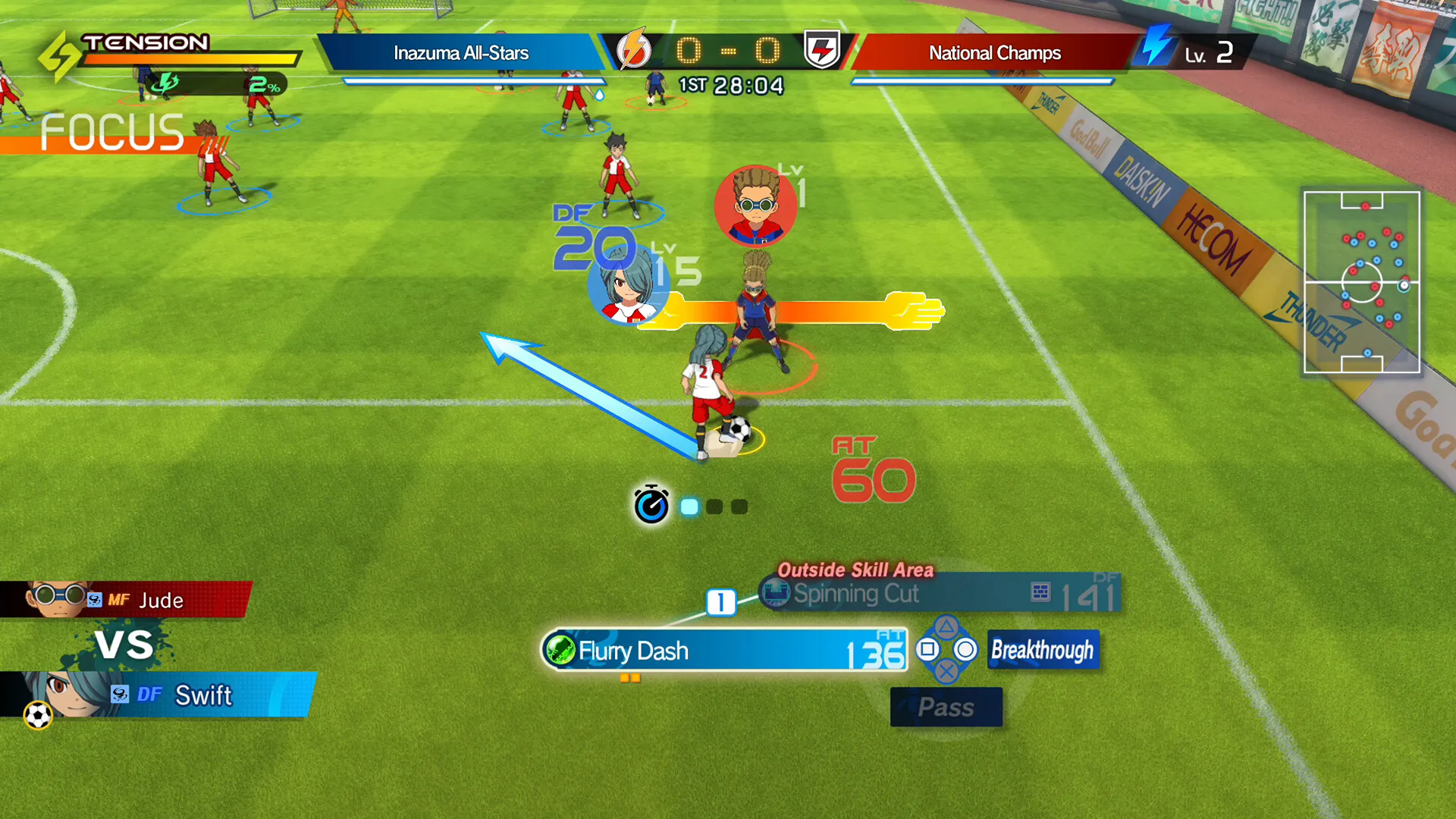
5.Real-Time Switching and Its Tactical Implications
A defining feature of Victory Road is the ability to switch Match Styles in real-time. Timing is critical: activating Surge during a breakaway or Dominance just before an opponent’s attack can dramatically influence outcomes. However, switching styles also carries risk. Using high-energy styles like Surge at the wrong moment may deplete stamina, leaving the team vulnerable in late-game scenarios. Mastery of timing and observation is essential for leveraging this system.
6.The New Energy Economy and Its Link to Match Style
Victory Road’s revamped energy system tracks stamina and Focus Points, both influenced by Match Style. Dominance consumes the most stamina but increases clash effectiveness. Harmony conserves energy for longer matches, while Surge spikes short-term energy output. Focus Points modify the efficiency of special techniques, introducing a layer of strategic management. Players must balance immediate impact with long-term sustainability to optimize performance.
7.AI Intelligence and Match Style Behavior
The game’s AI adapts intelligently based on active Match Styles. Defenders become more aggressive under Dominance, while attackers exploit Surge’s speed boosts. The system encourages players to read AI behavior carefully and anticipate reactions. Observing patterns, spacing, and off-ball movement is crucial, especially in competitive modes where opponents adjust to style rotation.
8.Match Style in Story Mode vs Competitive Mode
In Story Mode, Match Style serves as a learning tool, guiding players to understand timing, combos, and strategy without harsh penalties. Competitive Mode, however, demands precise control, as AI and human opponents exploit style weaknesses. Dominance spam may succeed in Story Mode but fail against skilled players who anticipate surges and rotations. The contrast between modes reinforces the depth and adaptability required by the system.

9.The Meta Evolution: Early Game to Late Game
Match Style evolves with player progression. Early-game strategies favor Harmony for safety and stamina management. Mid-game introduces Dominance for physical confrontations, while late-game strategies lean on Surge combined with high-tier players to execute rapid, unpredictable plays. Elite players rotate styles fluidly, creating complex tempo patterns that make matches challenging and engaging at the highest level.
10.Expressive Identity Through Match Style
Beyond mechanics, Match Style allows players to express personal playstyle. Aggressive players favor Dominance, precision-oriented players rely on Harmony, and creative, risk-taking players maximize Surge. The system rewards experimentation, adaptability, and personal flair, making Victory Road not just a tactical football game but a platform for self-expression through strategy.
Inazuma Eleven: Victory Road’s Match Style system transforms gameplay from static, predictable football into a dynamic, skill-driven experience. By integrating real-time switching, energy management, AI adaptation, and archetype synergies, the game empowers players to craft unique strategies and express their identity on the field. The result is a tactical evolution that elevates Victory Road above its predecessors, making each match both challenging and deeply satisfying.










